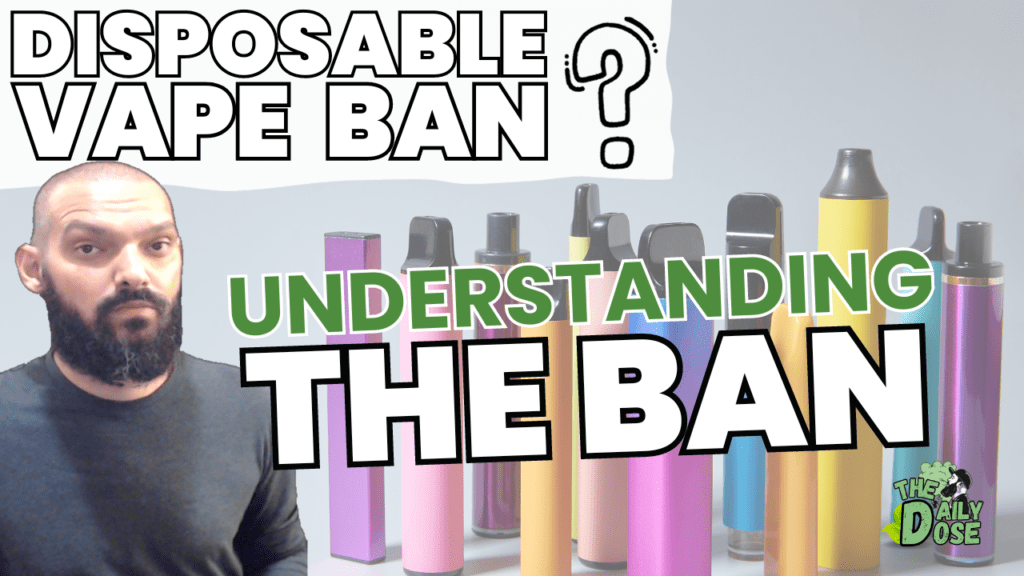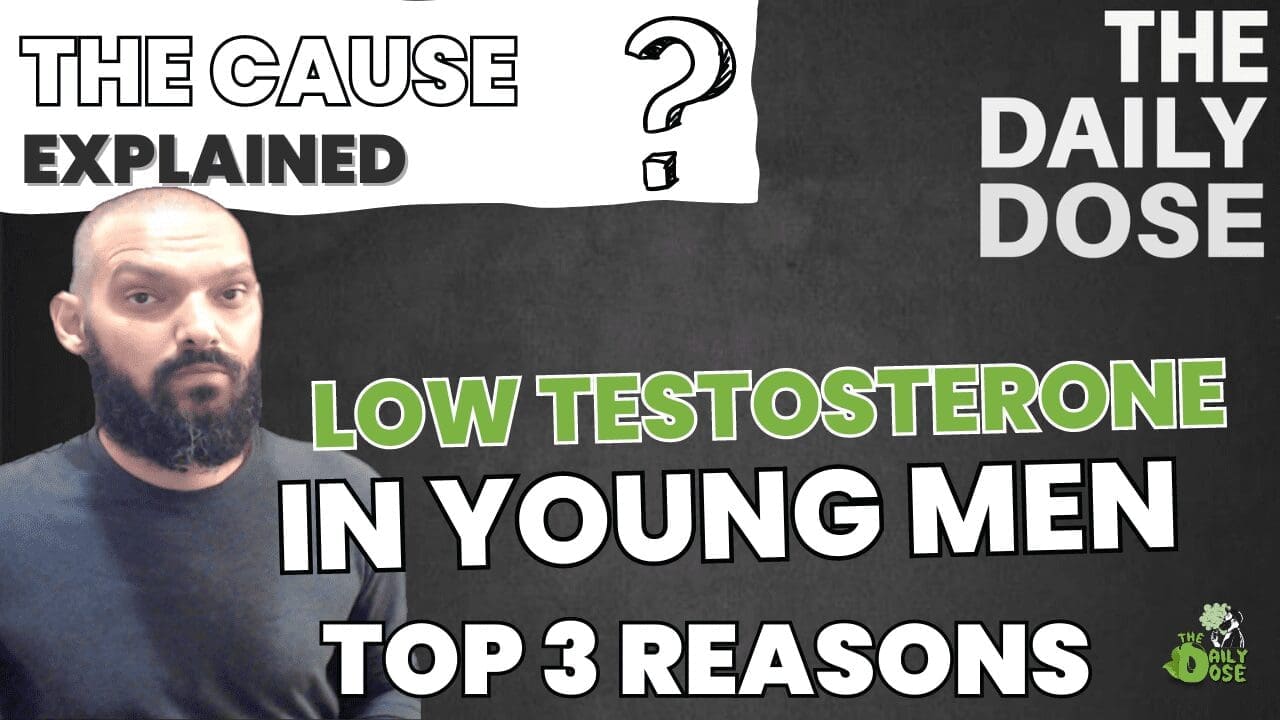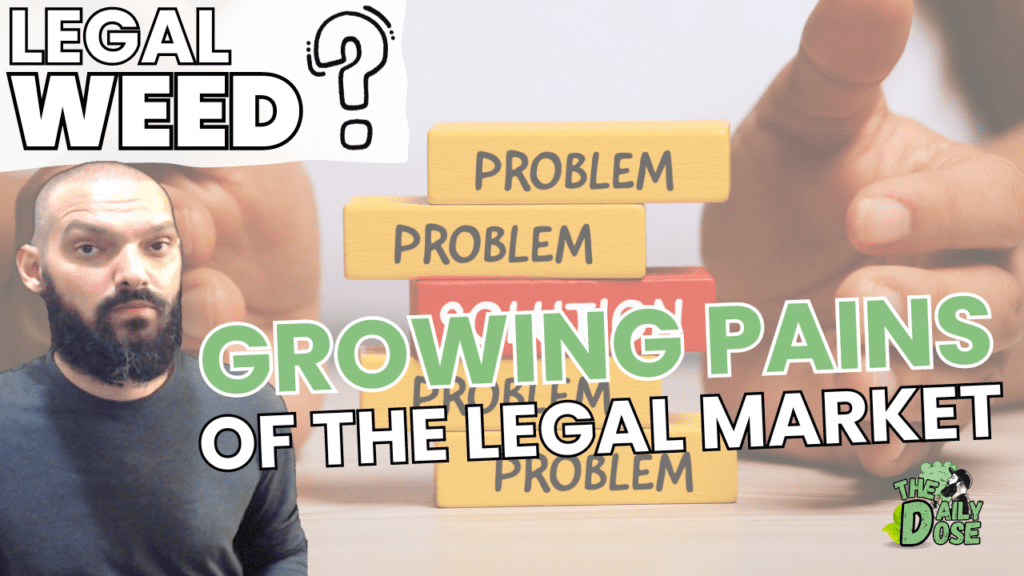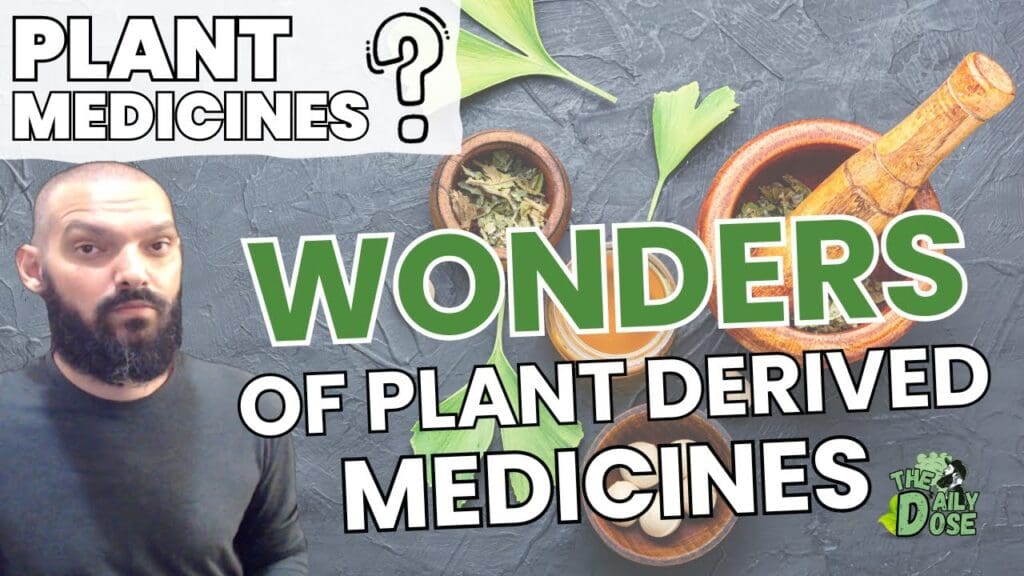Disposable Vape Ban And What To Expect
1. Introduction
In recent years, the world of vaping has undergone significant changes, with disposable vapes gaining popularity, especially among young adults. With their ease of use and an enticing array of flavors, these devices have found their way into countless pockets and purses.
However, as concerns over the health implications and youth addiction rates have grown, several governments have taken action by banning flavored disposable vapes.
In this comprehensive review, we’ll delve into the nuances of this ban, exploring its impact on public health, the vaping industry, and the choices available to consumers. Our goal is to provide an unbiased assessment, focusing on the positive outcomes of this regulatory decision.
2. Understanding Disposable Vapes
Disposable vapes are portable, pre-filled e-cigarette devices designed for one-time use. They have gained immense popularity due to their convenience, discrete size, and a wide range of available flavors.
These devices contain a liquid, often called e-juice or vape juice, which is heated to produce an aerosol that the user inhales. Flavors are a central attraction for many users, ranging from traditional tobacco and menthol to more exotic options like mango, watermelon, or cotton candy.

3. The Flavor Revolution
The appeal of flavored disposable vapes cannot be overstated. The introduction of diverse flavors marked a significant shift in the vaping landscape. Gone were the days of solely tobacco-flavored e-cigarettes.
Users could now enjoy a wide range of tastes, making vaping a more enjoyable and flavorful experience. This flavor revolution not only attracted adult smokers looking for alternatives but also enticed a younger audience.
4. Concerns Surrounding Disposable Vapes
As disposable vape popularity surged, so did concerns regarding their potential health risks, especially among young people. Critics argued that the attractive flavors and marketing strategies were targeting adolescents, ultimately leading to nicotine addiction.
Additionally, there were worries about the long-term health effects of inhaling vaporized chemicals and flavorings, which required a closer look.
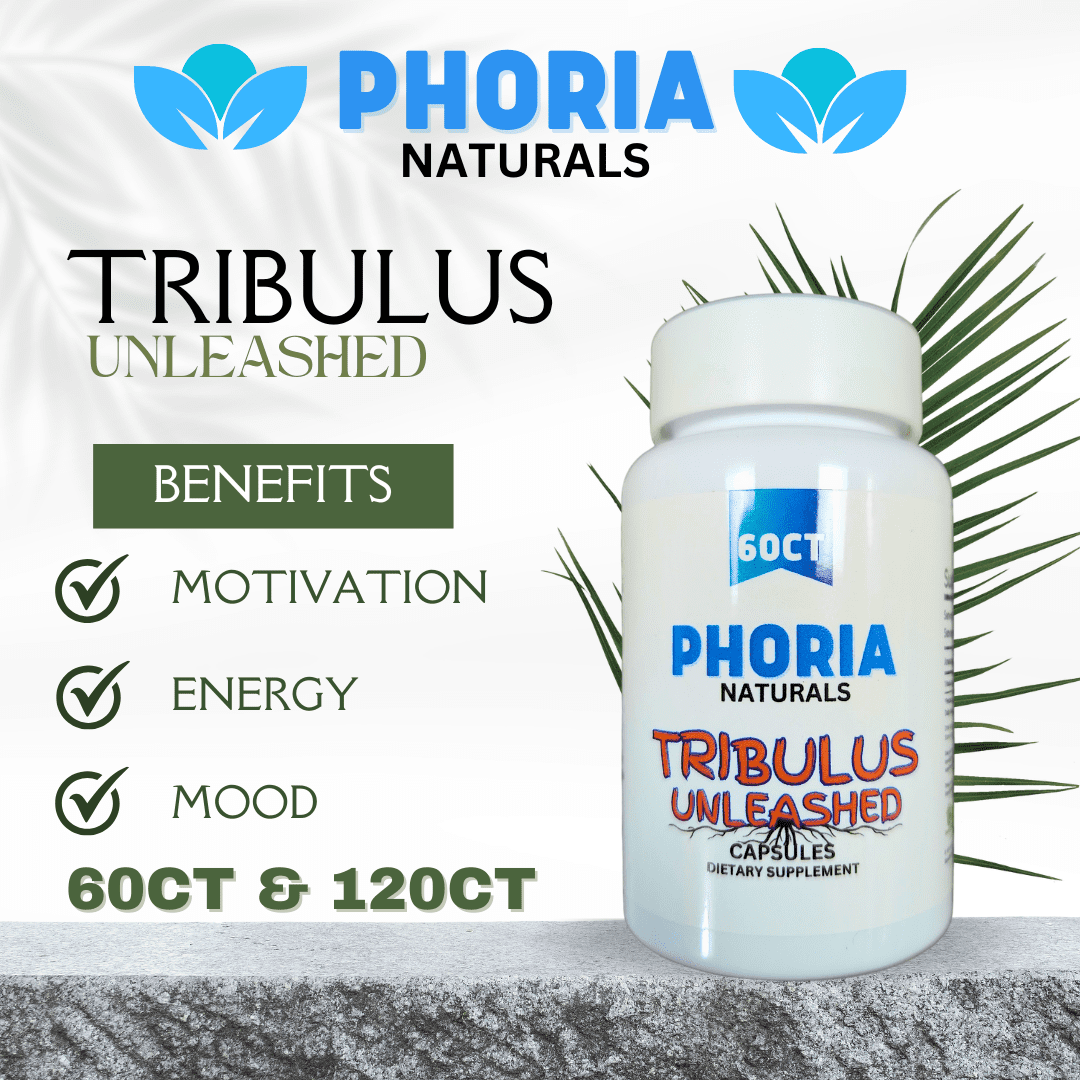
5. The Ban: Rationale and Implementation
To address these concerns, several governments, including the United States, implemented bans on flavored disposable vapes. The rationale behind these bans was multifaceted.
They aimed to reduce youth vaping rates, limit access to addictive products, and protect public health by curbing the potential risks associated with inhaling flavored aerosols.
5.1 The United States Approach
In the United States, the FDA implemented the ban on flavored disposable vapes in 2020 as part of a broader effort to combat youth vaping. This decision restricted the sale of most flavored disposable vape products, allowing only tobacco and menthol flavors to remain on the market.
5.2 International Responses
Various countries around the world followed suit, with bans or strict regulations on flavored disposable vapes. These measures aimed to strike a balance between adult access to vaping alternatives and the protection of minors.
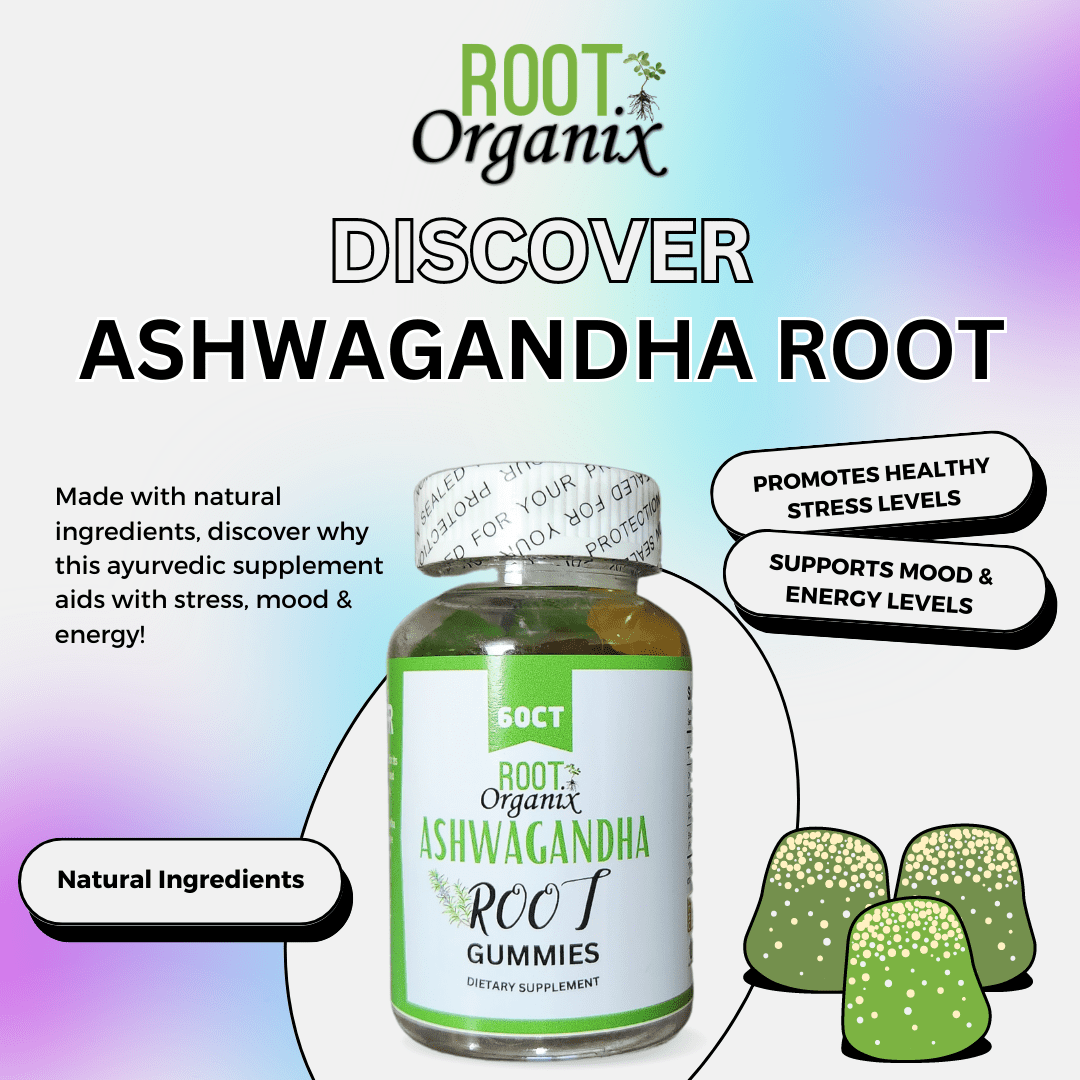
6. Positive Outcomes of the Flavored Disposable Vape Ban
While the ban on flavored disposable vapes has been met with controversy and resistance, it has also yielded several positive outcomes. Let’s explore these encouraging aspects of the ban:
6.1 Reduced Youth Vaping Rates
One of the primary objectives of the flavored disposable vape ban was to reduce youth vaping rates. Early data suggests that these measures have been effective in curbing the appeal of these products to underage individuals. Fewer young people are initiating vaping, which is a significant win for public health.
6.2 Promotion of Smoking Cessation
Adult smokers looking for a way to quit traditional cigarettes have not been left without options. The flavored vape ban has led to increased awareness of smoking cessation programs and less harmful alternatives, such as nicotine replacement therapy and prescription medications.
6.3 Improved Product Safety
Another positive outcome of the ban is the increased scrutiny on vape product safety. With fewer new flavors and products flooding the market, there is an opportunity for regulators to focus on ensuring that the remaining options are safe and accurately labeled.
6.4 Encouragement of Responsible Industry Practices
The ban has pushed the vaping industry to adopt more responsible marketing practices. Companies are now incentivized to appeal to adult smokers rather than targeting a younger demographic with flashy, enticing flavors.
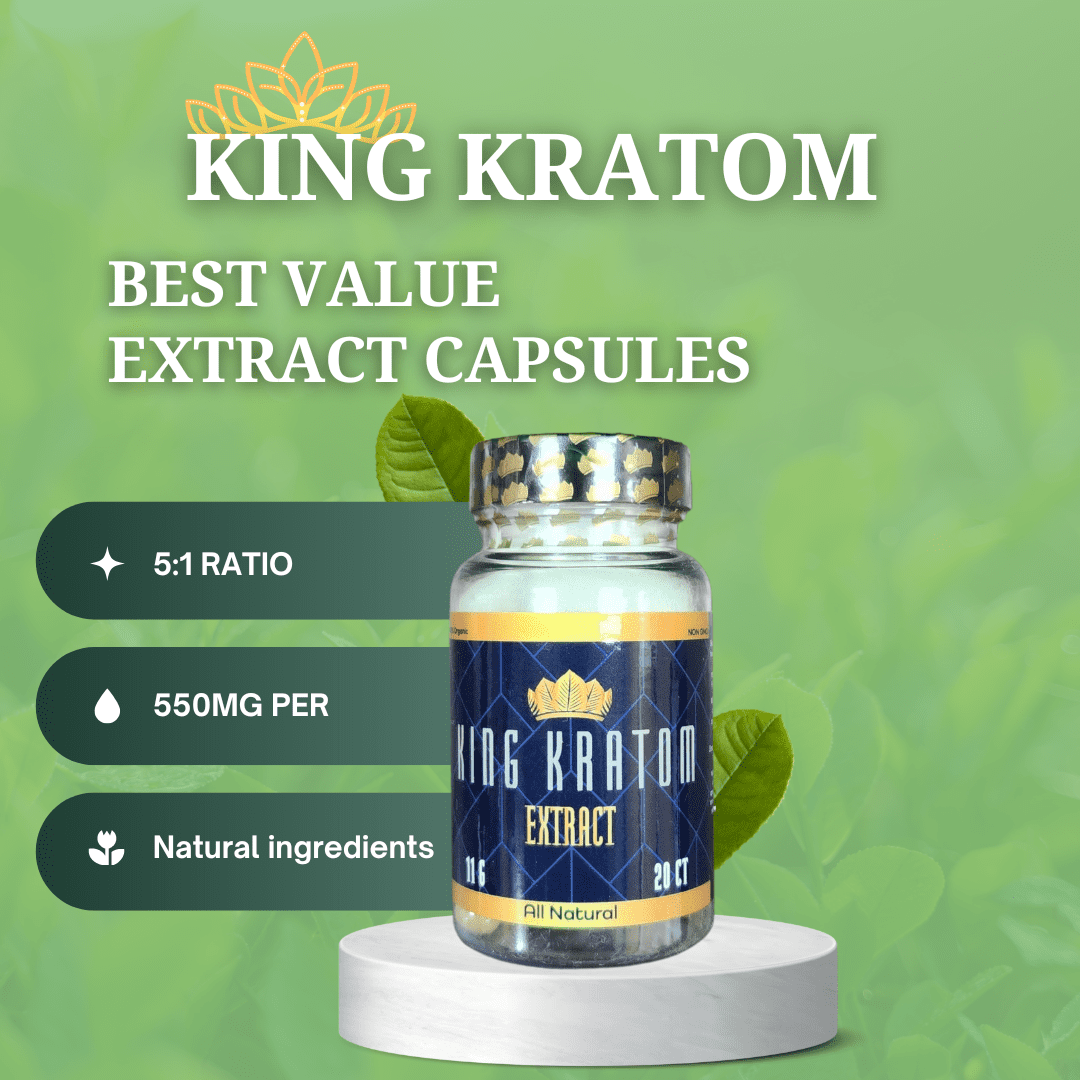
7. Conclusion
In conclusion, the ban on flavored disposable vapes has ushered in a new era of responsible vaping. While it has faced opposition and controversy, the positive outcomes are undeniable.
Reduced youth vaping rates, increased smoking cessation efforts, improved product safety, and a push for responsible industry practices are all signs of a healthier future for both vapers and non-vapers alike.
As we continue to monitor the long-term effects of these bans, it’s clear that they are a step in the right direction for public health and safety.
FAQs
What is the purpose of banning flavored disposable vapes?
Are all flavored disposable vapes banned?
How can I quit vaping if I’m addicted?
Sources:
CA.Org: The Ban Explained
Related Articles:
- FDA PMTA Update Dozens Of Vape Brands Effected
- FDA PMTA Requirements Vape Brands Effected
- FDA Juul Ban & Kratom Consumer Protections
- Daily Dose Flavor Ban And Cannabis News Now
- Puff Bar Counterfeits Post FDA Ban
Meet The Author


